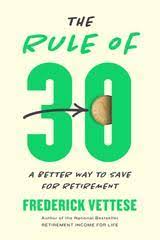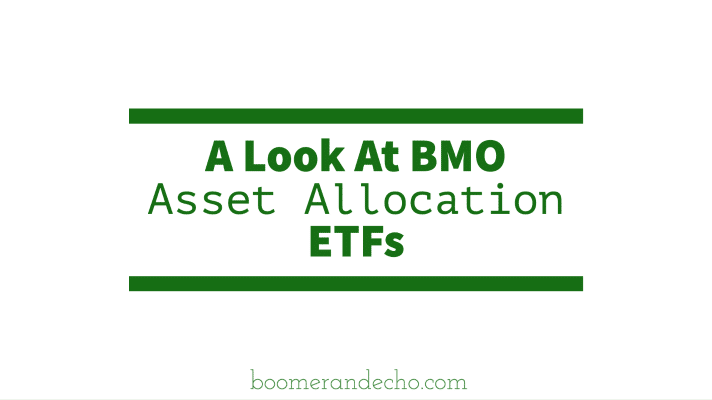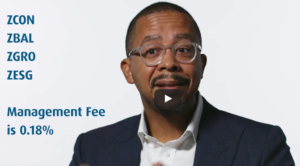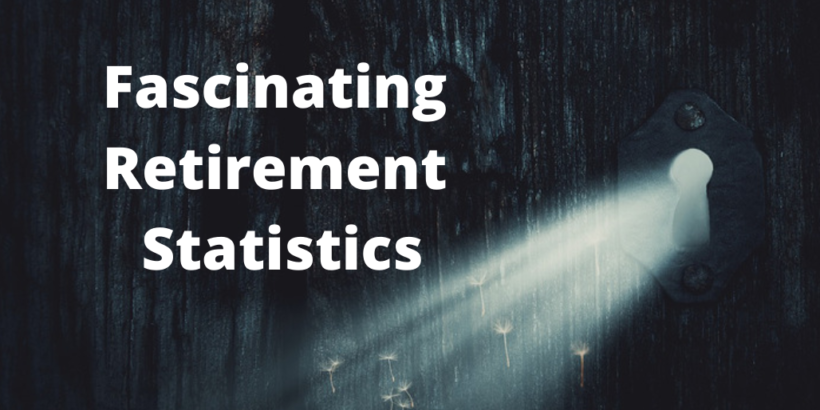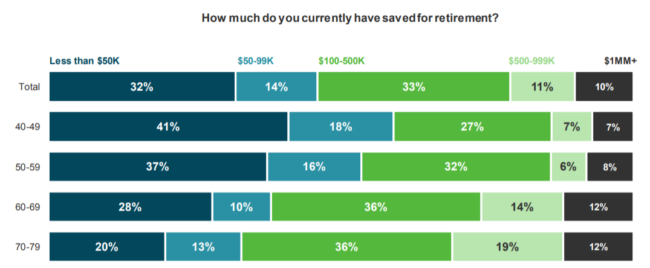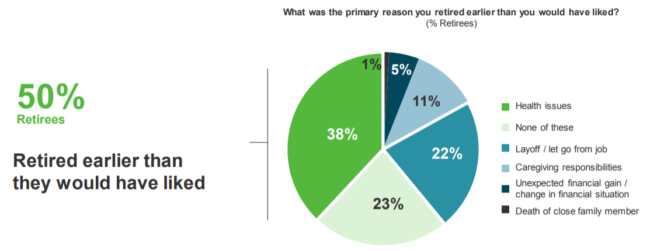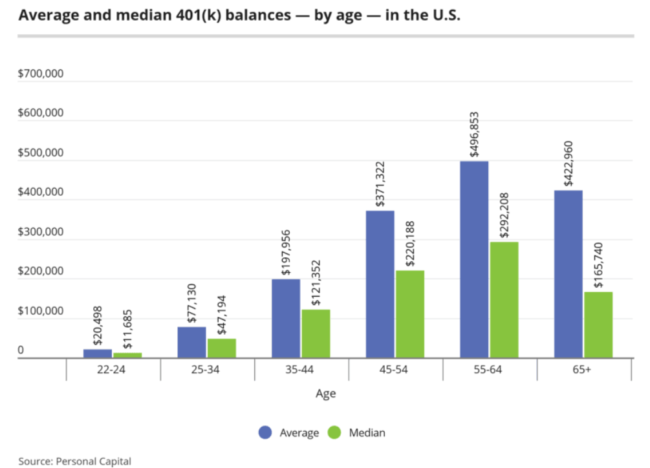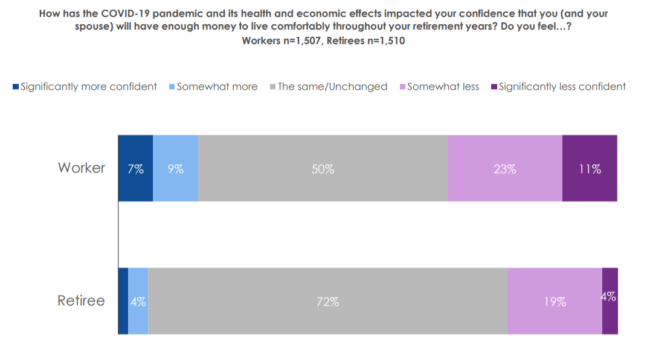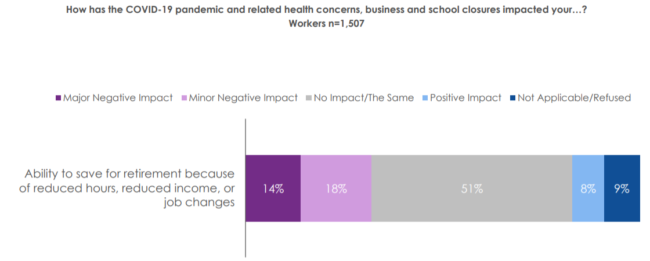
By Don Ludlow, Vice President, Small Business, Strategy & Partnerships and Business Financial Services, RBC
(Sponsor content)
While the COVID-19 pandemic brought significant challenges and uncertainty to small businesses across Canada, it also became a catalyst for many new business practices.
In many ways, it also accelerated the need for small business owners to adapt to other trends and consumer expectations that were steadily on the rise over the last several years.
To help us better understand these trends, RBC recently conducted research to gauge the types of experiences and expectations Canadians have when interacting with small businesses in the coming year as we continue to navigate the ongoing pandemic and journey toward economic recovery.
The survey revealed three important trends that will continue to impact small businesses in the year ahead:
- First, we’ll see a growing demand for digital payment and engagement options, whether customers are connecting with small businesses in person or online.
While eCommerce and digital solutions were already on the rise pre-pandemic, they became pandemic necessities as businesses adapted to health and safety measures.
Now, more Canadians are expecting this to be the new way of doing business, with two-thirds (64%) of Canadians saying that partnering with digital platforms to make products and services more accessible will be important post-pandemic, especially among millennials (72%).
Meanwhile, four in five Canadians polled say that they would like to continue to shop online at small businesses, even after the economy is fully reopened, and 72% say that increased social media presence helped them become more aware of what small and local businesses had to offer.
- Small businesses that focus on prioritizing employee wellness and overall customer health & safety will be greatly valued by Canadians.
The majority of Canadian respondents in our poll said providing more wellness and mental health benefits and resources to employees will be important going forward (87%).
They also expect heightened hygiene standards to continue post-pandemic (99%) and would like businesses to continue offering flexible curbside pickup and delivery services (78%).
As a result, offering employee benefits, resources and safety protocols that meet these expectations will be critical differentiators for small businesses looking to attract and retain talent and customers.
- We’ll continue to see a rise in socially and locally conscious consumers – especially among millennials and Gen Z.
Supporting small, local, and diversity-focused businesses is here to stay post-pandemic. According to our research, the majority of Canadians (77%) polled plan to spend more at small, local retail stores, restaurants and businesses to support their recovery than they did before the pandemic.
Many respondents also said they are actively seeking out and supporting 2SLGBTQ+* (52%) and BIPOC **(61%)-owned businesses, products and services. These numbers are greater among Millennials and Gen Z, indicating the next generation of consumers will increasingly purchase through a diversity-focused lens.
Being aware of these trends, and adapting business strategies and operational practices to address evolving consumer expectations will be important to the success of small business owners in the next year.
In light of these insights, we have three tips for entrepreneurs to consider as part of their 2022 playbook for success. Continue Reading…

